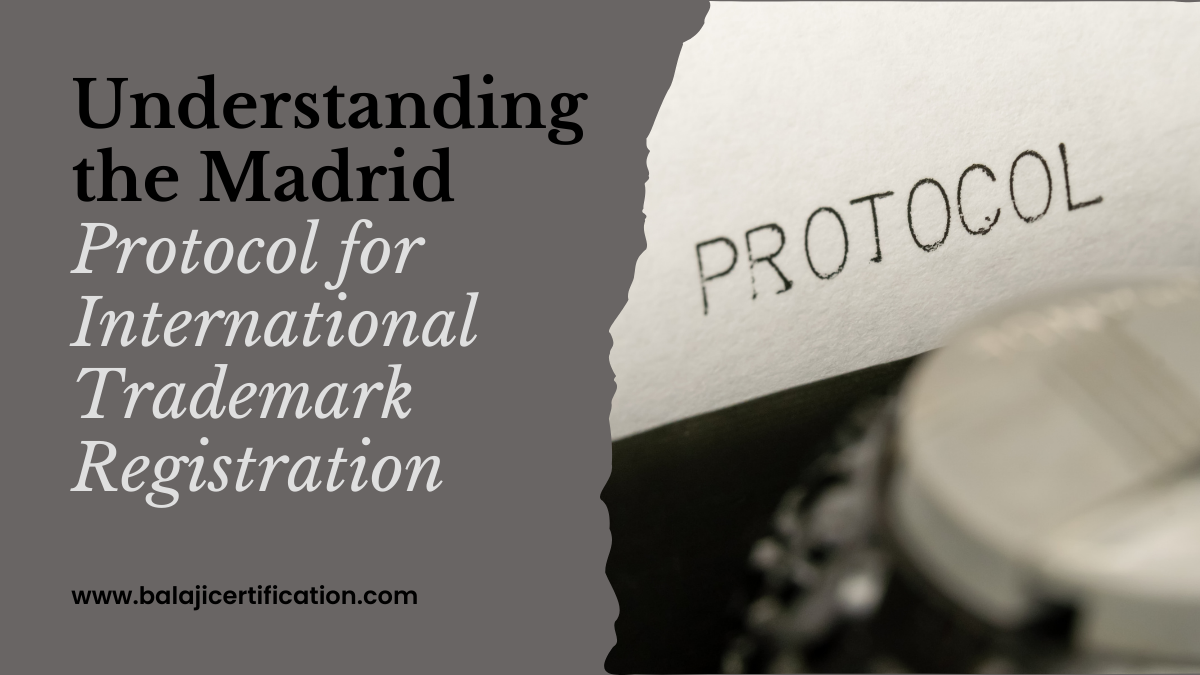Table of Contents
In the globalized marketplace, protecting your brand identity across multiple countries is crucial for business success. The Madrid Protocol, established in 1989, provides an efficient and cost-effective solution for international trademark registration. This guide will help you understand the key aspects of the Madrid Protocol and how it can benefit your business.
What is the Madrid Protocol?
The Madrid Protocol is an international treaty administered by the World Intellectual Property Organization (WIPO). It allows trademark owners to seek protection in multiple member countries through a single application, filed in one language, and with one set of fees. With over 120 member countries, the Madrid Protocol covers a vast portion of the global market.
Key Advantages of the Madrid Protocol
- Simplified Application Process: Instead of filing separate applications in each country, you can submit a single international application.
- Cost-Effective: Reduces legal and administrative expenses associated with multiple filings.
- Centralized Management: Allows for easy management of trademark portfolios, including renewals and updates.
- Flexible Coverage: You can expand the geographical scope of protection over time by designating additional countries.
Eligibility Criteria
To use the Madrid Protocol, the applicant must have a connection to a member country. This could be through nationality, domicile, or a business establishment. Additionally, the applicant must have a basic trademark application or registration in their home country.
Step-by-Step Process
- File a Basic Application or Registration: The applicant must first file a trademark application or secure registration in their home country, known as the “basic mark.”
- Submit an International Application: The international application is filed through the home country’s trademark office, known as the Office of Origin.
- WIPO Examination: WIPO examines the application for formal requirements and records it in the International Register.
- Notification to Designated Countries: WIPO forwards the application to the trademark offices of the designated countries.
- National Examination: Each designated country examines the trademark based on its local laws.
- Grant or Refusal of Protection: If accepted, the trademark is protected in that country. If refused, the applicant can respond to objections or make amendments.
Duration and Renewal
International trademark registration under the Madrid Protocol is valid for ten years and can be renewed indefinitely for additional ten-year periods.
Limitations and Considerations
- Dependency on Basic Mark: For the first five years, the international registration is dependent on the status of the basic mark. If the basic mark is canceled or invalidated, the international registration may be affected.
- Legal and Language Barriers: Different countries have varying trademark laws, and translations may be required for legal proceedings.
Conclusion
The Madrid Protocol offers an efficient and streamlined approach to securing international trademark protection. By leveraging this system, businesses can safeguard their brand identity in multiple countries with reduced costs and administrative burdens. However, understanding the legal nuances and strategic planning are essential for maximizing the benefits of the Madrid Protocol.

